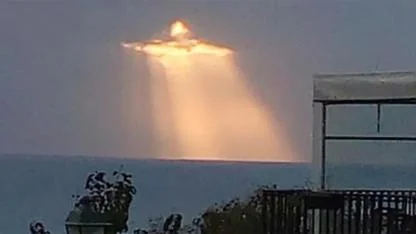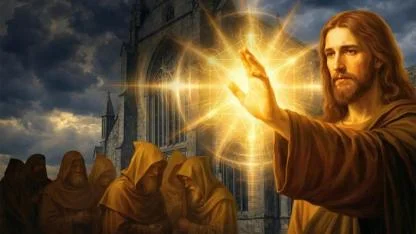Doğanın mucizesine tanık olmak isteyen yüzlerce kişi Ardahan'a akın etti
Ardahan'ın Damal ilçesindeki Ata Mahallesi'nde, güneşin Karadağ sırtına oluşturduğu Atatürk siluetini yüzlerce yerli ve yabancı turist izledi.Ardahan'ın Damal ilçesindeki Ata Mahallesi'nde, güneşin Karadağ sırtında Atatürk silueti oluşması dolayısıyla, 23'üncü 'Atatürk'ün İzinde ve Gölgesinde Damal Şenlikleri' düzenlendi.
Yayınlanma :
08.07.2019 13:53
Güncelleme
: 08.07.2019 13:53







